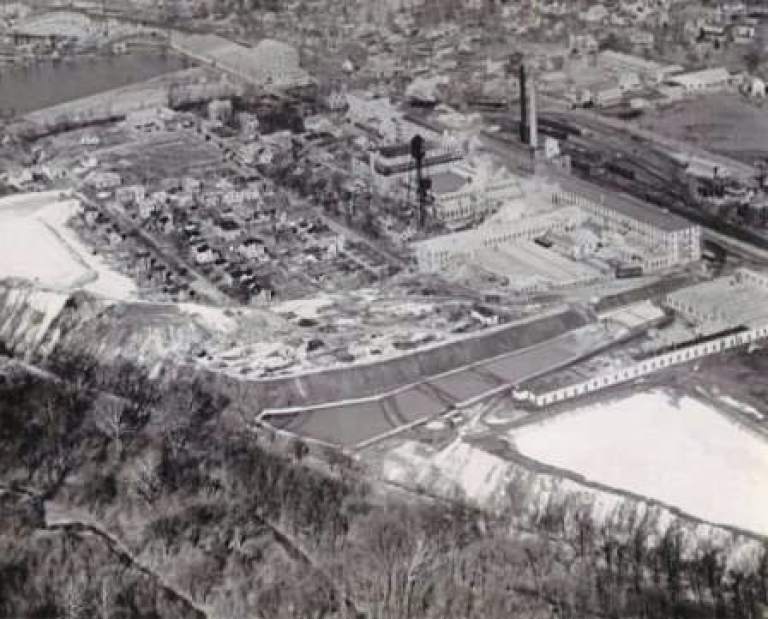EPA names three Pennsylvania Superfund sites as promising for redevelopment
The federal Environmental Protection Agency named three Pennsylvania sites among 30 on the Superfund National Priorities List(NPL) with the greatest redevelopment and commercial potential.
The three Pennsylvania sites are: The BoRit Asbestos Superfund site in Ambler, Montgomery County; the Metal Bank Superfund site in northeast Philadelphia, and the Crater Resources Inc./Keystone Coke Co./Alan Wood Steel Co. Superfund site (aka Crater Resources) in Upper Merion Township, Montgomery County.
From the early 1900s to the late 1960s, the BoRit Asbestos Superfund site was the repository of discarded asbestos-containing material from a nearby asbestos products manufacturing plant. The site has an asbestos waste pile, a reservoir, and a closed park.
The Site was added to the NPL in 2009 for cleanup because nearby resdients could potentially be exposed to airborne asbestos and to asbestos contamination in and along Tannery Run, Rose Valley Creek, and the Wissahickon Creek.
As a Superfund site, BoRit has been eligible for a cleanup using federal Superfund program funding. EPA retains the right to pursue responsible parties for reimbursement of funds at all Superfund sites.
So far, the 32-acre site has had stream bank stabilization, installation of a soil cover across many areas of the site, and reservoir draining, re-grading, capping and refilling.
EPA selected the final cleanup plan for the site in 2017, which incorporates the previous cleanup with post-construction sampling, routine inspections, long-term operation and maintenance activities, and controls regarding approval of future use activities.
“EPA is more than a collaborative partner to remediate the nation's most contaminated sites, we're also working to successfully integrate Superfund sites back into communities across the country,” said EPA Administrator Scott Pruitt in a press release issued Wednesday by the Pennsylvania Department of Environmental Protection.
“Today's redevelopment list incorporates Superfund sites ready to become catalysts for economic growth and revitalization,” he said.
Superfund sites on the list have significant redevelopment potential based on previous outside interest, access to transportation corridors, land values, and other critical development drivers, according to the DEP.
Mary Ann Thomas is a Tribune-Review staff writer. Reach her at 724-226-4691, mthomas@tribweb.com or via Twitter @MaThomas_Trib.

